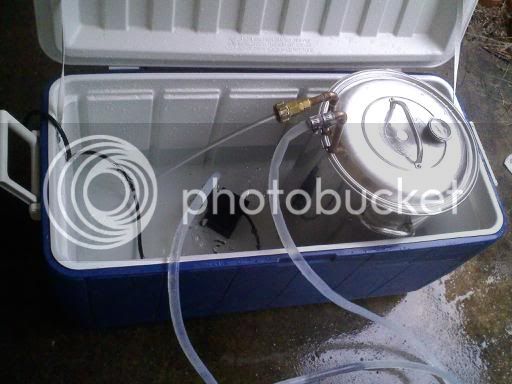I saw a similar design on one of these threads, and I am gonna have to make on of these soon. I was planning on rigging it up to pump ice water, or through an ice bath before the brew kettle.
When you run your set-up, do you recirculate the water round and round? Or do you just pump ice water through and dump it out the other end?
My plan was to use tap water at first, so I get some hot for clean up, then switch the hose to a sump pump I already have, which is sitting in ice water. What's your method?
When you run your set-up, do you recirculate the water round and round? Or do you just pump ice water through and dump it out the other end?
My plan was to use tap water at first, so I get some hot for clean up, then switch the hose to a sump pump I already have, which is sitting in ice water. What's your method?




























![Craft A Brew - Safale BE-256 Yeast - Fermentis - Belgian Ale Dry Yeast - For Belgian & Strong Ales - Ingredients for Home Brewing - Beer Making Supplies - [3 Pack]](https://m.media-amazon.com/images/I/51bcKEwQmWL._SL500_.jpg)
































